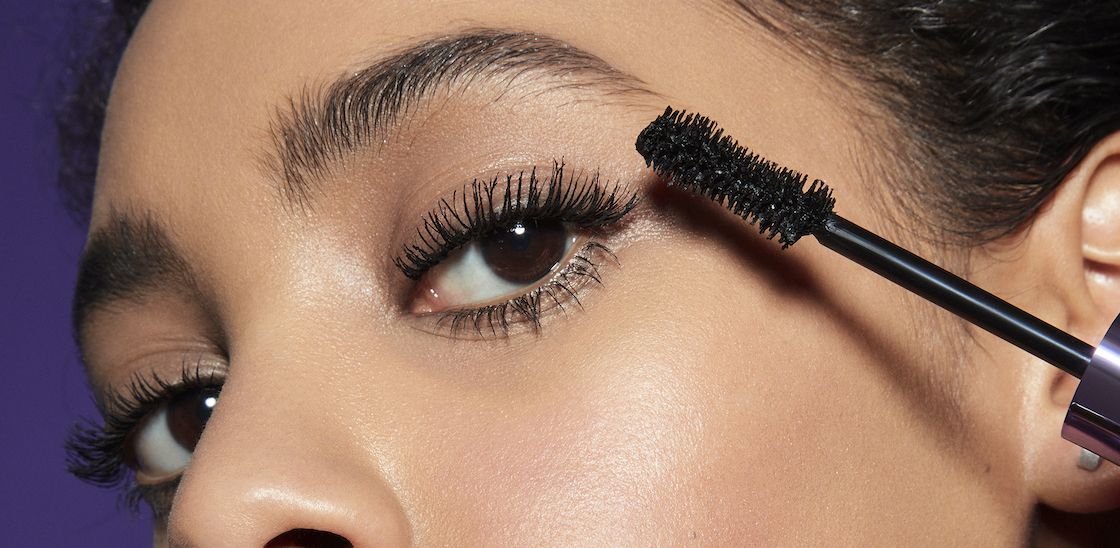While the beauty industry’s sales rebound and spirits remain high, there is an undercurrent of skepticism around the notion that growth can continue uninterrupted.
Two public companies, The Estée Lauder Companies and E.l.f. Beauty Inc., held their earnings calls on Tuesday and Wednesday, respectively, with both indicating a strong bounce-back for the beauty industry at large. The Estée Lauder Companies reported net sales of $4.4 billion for its first quarter of 2022, ending Sept. 30, 2021, an increase of 23% year-over-year. Net sales grew in every region and product category, reflecting a recovery of brick-and-mortar retail stores, primarily in Western markets. Meanwhile, E.l.f. Beauty Inc. also had a strong second quarter of 2022, with net sales increasing 27% year-over-year to $91.9 million, driven by strength in national and international retailers. It marked its eleventh consecutive quarter of continued growth.
“We’ve bucked the overall [mass cosmetics] category trend last year when the category was way down; we delivered strong growth,” said Tarang Amin, E.l.f. Beauty CEO. “The biggest [concern] is: When will consumers fully come back? I’m bullish on the category long term, because it’s such an important category for self-expression… We kept our product [launches] and innovation going and kept our engagement levels strong. [Consumer] product discovery is reliant upon what our company is doing to create excitement and energy amongst the community.”
For The Estée Lauder Companies, 13 brands contributed double-digit organic sales growth year-over-year globally. They included Estée Lauder, MAC Cosmetics, Clinique, La Mer, Tom Ford Beauty and Jo Malone London. Fabrizio Freda, CEO of The Estée Lauder Companies, called out the product innovation from Estée Lauder, Clinique, La Mer and MAC Cosmetics as contributing significantly to the brands’ respective growth. The company’s strong presence in China was also noted. The company will open a new innovation center in Shanghai in the second half of its fiscal 2022. It opened its first of its kind in 2011.
“[RBC Capital Markets] believes Estée Lauder is among the best managed and strategically positioned companies in our coverage,” said Nik Modi, RBC Capital Markets analyst in his earnings coverage. “The company appears especially well-positioned to benefit from both a rise in Chinese consumer spending and a channel shift to e-commerce globally.”
Yet, both companies saw a negative impact on their gross margins. E.l.f Beauty saw its gross margin decrease by 2% to 63%, due to unfavorable foreign exchange rates, an increase in freight and shipping costs, and an increase in inventory adjustments. The Estée Lauder Companies also noted during its earnings call that it, too, is experiencing inflation in freight and procurement, which the company expects to impact the cost of goods and operating expenses next quarter. Its gross margins decreased by just under 1% year-over-year, to 75.9%. While its 2022 financial outlook states the company is “well-positioned” for continued recovery, it plans for strategic price increases and points to ongoing concerns around inflation, supply chain disruption and Covid-19 restrictions.
“We are mindful that recovery is tenuous and likely to be uneven. Nevertheless, we are cautiously optimistic in our [expectation] for fiscal 2022 [to] remain consistent,” said Tracey Travis, The Estée Lauder Companies CFO on its earnings call. “We continue to expect an emerging renaissance in the makeup category, as restrictions are safely lifted and social occasions increase.”
According to the U.S. Labor Department, September’s consumer-price index, which measures what consumers pay for goods and services, rose by 5.4% from 2020, in unadjusted terms. Many economists expect higher inflation to linger, especially amid continued supply chain constraints, which then puts pressure on supply-and-demand pricing. Stephanie Wissink, Jefferies equity analyst, said in her Estée Lauder Companies earnings coverage that beauty product demand has historically been “perfectly elastic” to price increases. E.l.f. Beauty increased prices across a subset of E.l.f. Cosmetics products in 2019 in the U.S., and it increased prices in 2020 internationally. Amin said that strategy has paid off and delivered a 1% increase in margins. He added that increased transit costs have not directly contributed to any recent pricing increases, but said E.l.f Beauty is evaluating options.
“We feel that cost increases are temporal in nature and that [shipping] container imbalances [will be solved] over time. But when we find ourselves in a more inflationary environment or we start seeing other costs are going up, then we’d consider increasing pricing again,” he said.




